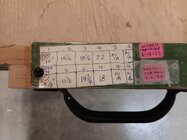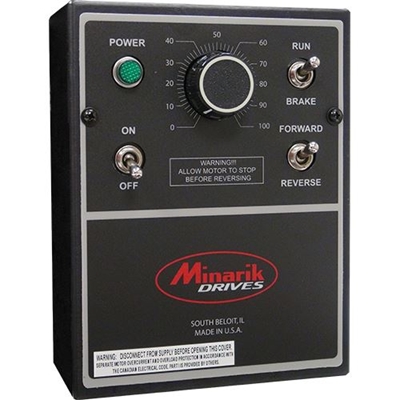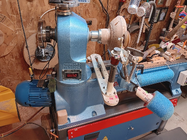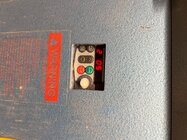Odie
Panning for Montana gold, with Betsy, the mule!
I discovered that the Oneway bowl steady cannot conveniently be positioned on both sides of a bowl without changing the post position. This is especially true for when the headstock is rotated.
Because of this, I now have three Oneway bowl steadys! The one I had been using for years was cut down to accommodate my old 16" Woodfast lathe.....and is not tall enough to use on my new Vicmarc VL240.
Every day, it seems like, I have to modify and/or buy or make new tooling to use for the new lathe!~
=o=
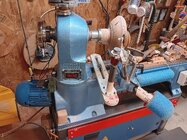
Because of this, I now have three Oneway bowl steadys! The one I had been using for years was cut down to accommodate my old 16" Woodfast lathe.....and is not tall enough to use on my new Vicmarc VL240.
Every day, it seems like, I have to modify and/or buy or make new tooling to use for the new lathe!~
=o=


